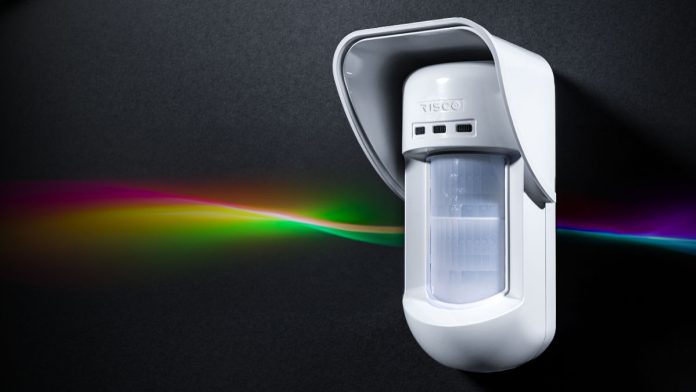IP And IK Ratings Explained For Electronic Security Applications.
IP And IK Ratings Explained – IP and IK ratings for electronic security applications are worth installers being across, given they enhance reliability, longevity and potentially reduce performance erosion over the lifespan of a security device.
While IP5 ratings allow devices to be installed externally, it’s the IP65, IP66 and IP67 ratings that really define the ability of a sensor or camera to muscle up in external applications.
For example, IP55 devices are best off installed under rooflines or supported by shrouds or covers, while IP66 devices can handle full external installation and, as long as they are UV resistant, will shrug off rain, dust, sunlight and more.
Consider that the IP ratings work like this. The first digit ‘6’ means the units are completely protected from dust. The second digit relates to water. If the second number is 4 the unit is splash-proof. You can hose a number 5 device and you can hose it hard from multiple directions if it’s number 6. It the IP rating’s second number is 7, then you can immerse the sensor under up to a metre of water for 30 minutes. If it’s an 8, you can immerse the device under water for over 30 minutes.
This means IP65 might need the support of a shroud in some applications, while IP66 rated units can be installed pretty much wherever you like. IP67 is tougher still and can handle being submerged for extended periods – it’s overkill for terrestrial applications but it does mean torrential downpours or local flooding won’t harm the device, all other things being equal.
Some external alarm sensors are rated IP55 – this gives them almost complete protection from environmental dust, as well as protection against low-pressure water jets from any direction. This is reasonable protection against rain in our opinion, but we’d likely install such devices with a supporting shroud just to be certain.
Also important are IK ratings, which are simple and relate to the impact a device can survive when a particular weight is dropped onto it from a particular height. From this number you’d be looking to extrapolate an impact resistance for the same device when mounted at typical heights.
The low IK ratings – 0-3 – can safely be ignored. A well-made device is likely to survive such modest impacts. From about IK04 things get more interesting. IK04 and IK05 devices can withstand an impact from a 250g weight falling from a height of 200mm. IK06 devices can handle the same weight falling from 400mm, while IK07 devices can survive 500g falling from 400mm and IK08 can survive a 1.7kg weight falling from 300mm.
The higher IK ratings are IK09 – the device can withstand a 5kg weight falling from 200mm, and IK10, which can survive a 5kg weight falling from 400mm. It’s worth pointing out here that these IK ratings generally conform to a standard that is easiest to uniformly test. The impact of a hardened ball pein hammer designed to finish rivets and drive punches and chisels is going to be difficult for an IK10 rated device to withstand.
For this reason, while an elevated IK rating is desirable, techs may want to protect security devices from impacts in other ways. These will include with metal or heavy poly housings, the use of elevation, or by covering each device in the detection or viewing angle of a second device so any physical attack registers as at least 1 alarm event followed by a trouble event.
Another important standard to consider is EN500131 (sub sections 1 to 6) for electronic security devices. The guidelines – the only ones of their kind in the world – document the standards security devices must meet to achieve security ratings from low (Grade 1) through to high (Grade 4).
The stipulation with EN ratings is that the claims of manufacturers must be verified by independent test labs. It’s obviously much easier and less expensive to claim an EN rating than it is to achieve one. The same considerations apply to global ISO ratings, which apply to a range of device characteristics.
You can geek out with ISO ratings for security cameras here or read more SEN news here.
“IP And IK Ratings Explained For Electronic Security Applications.”









